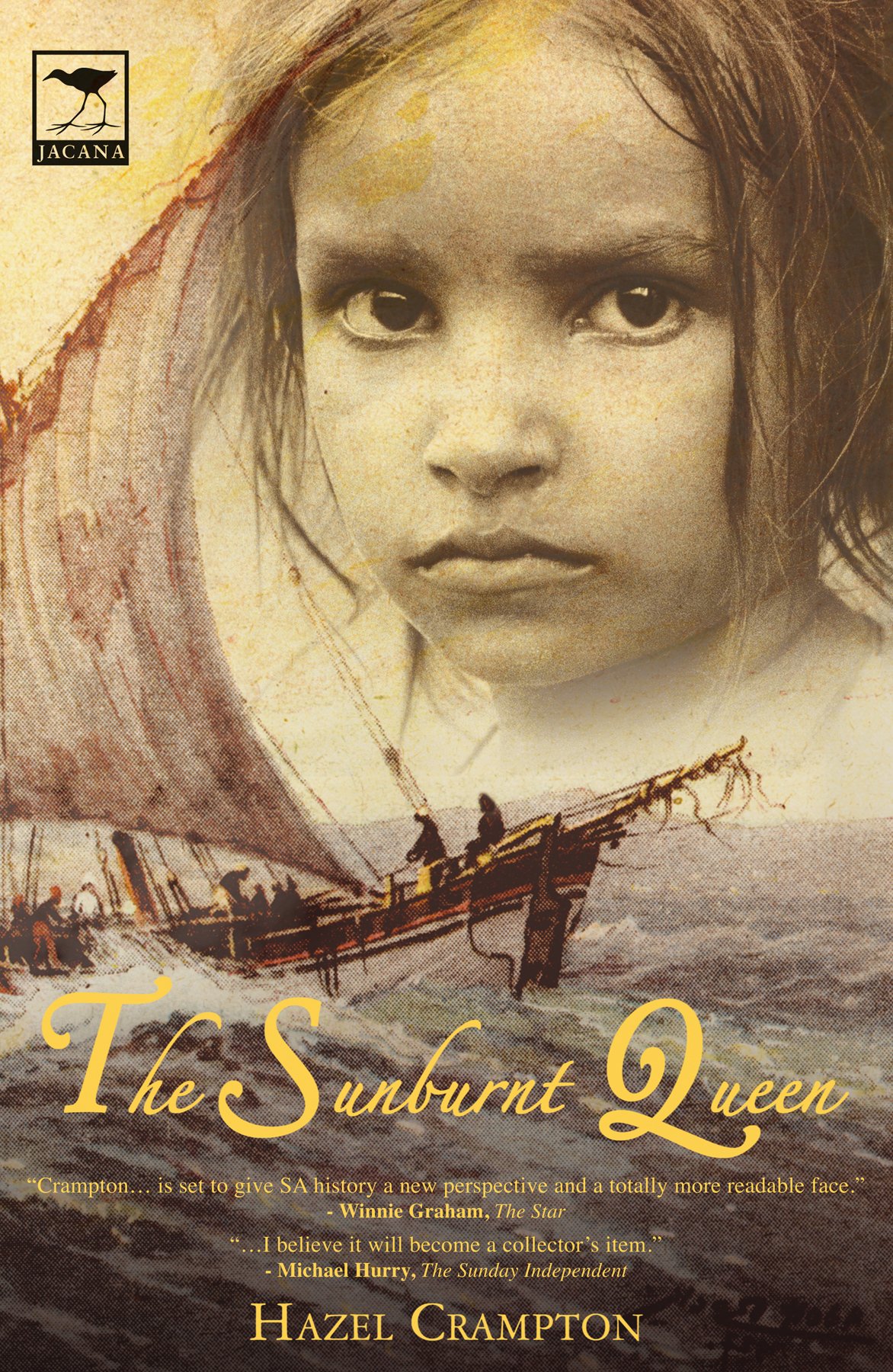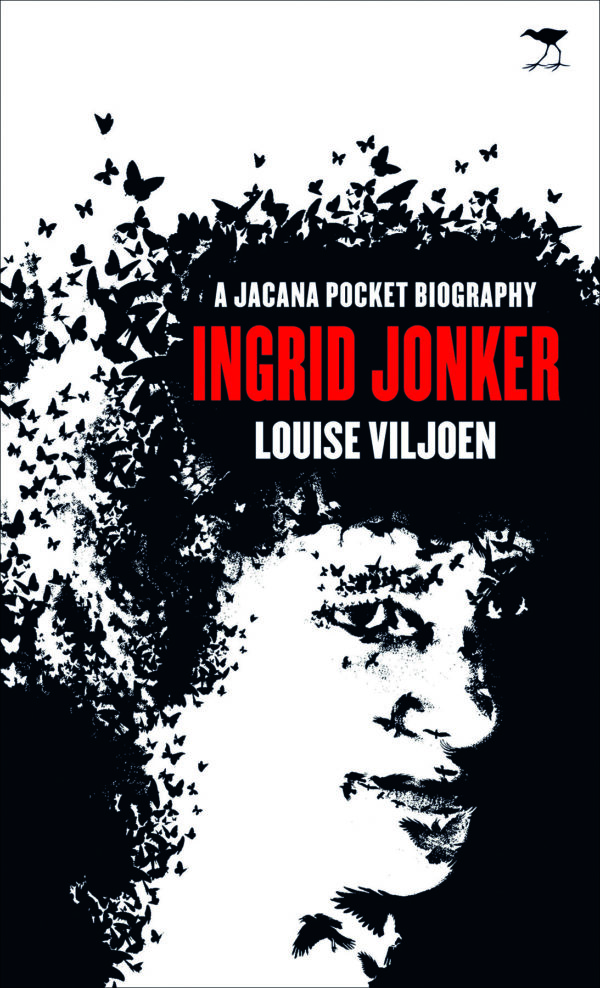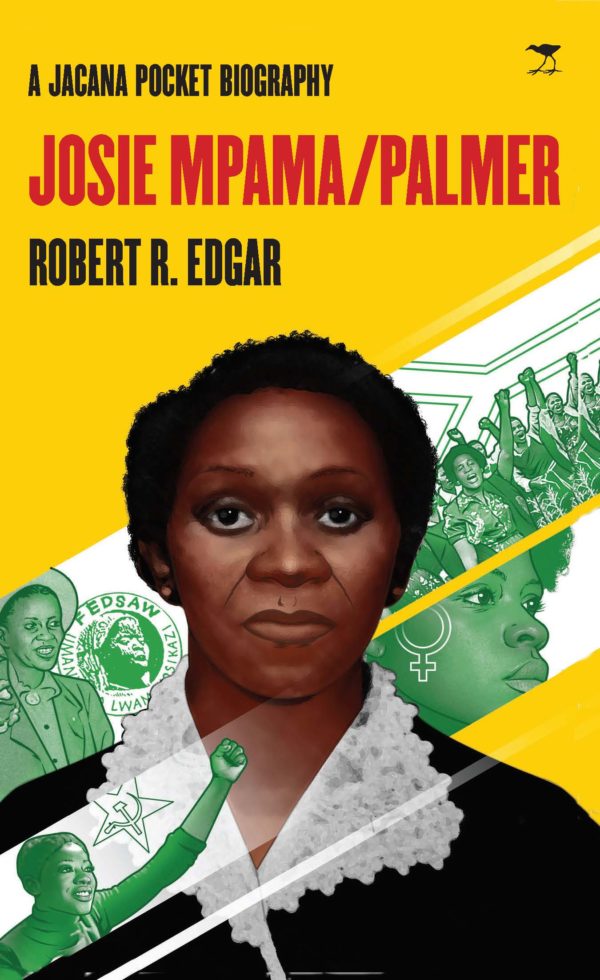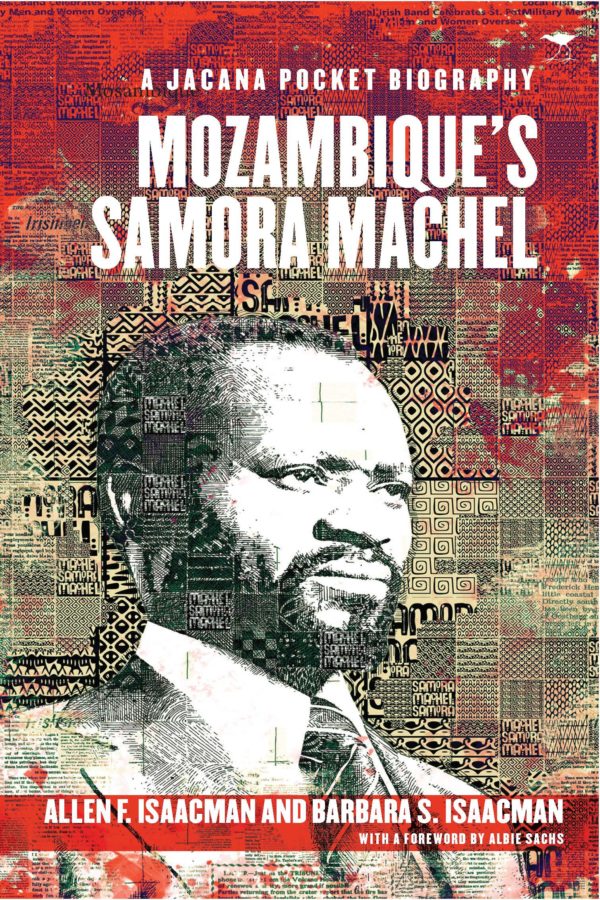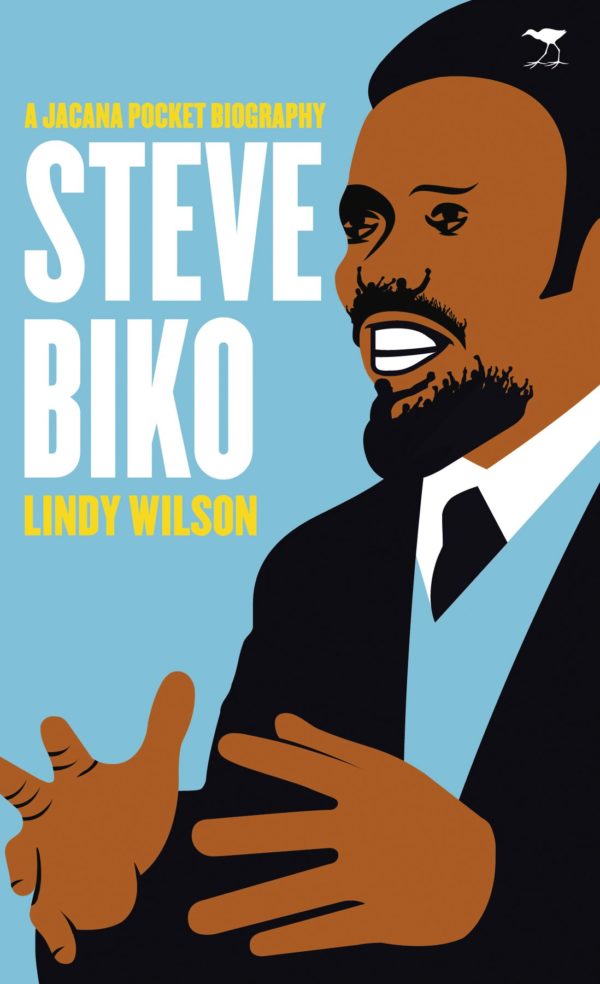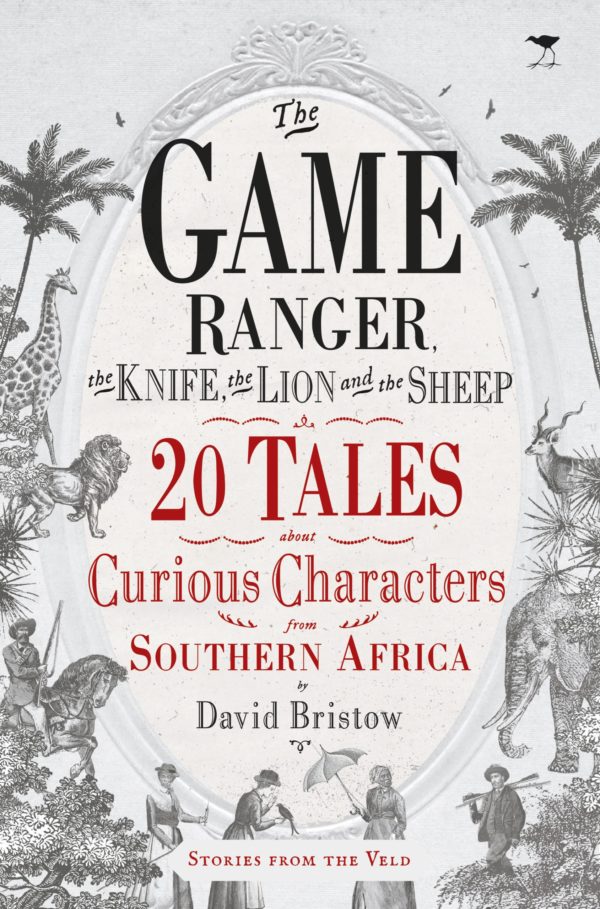The Sunburnt Queen
R350.00
A seven-year-old English girl, washed up on the Wild Coast in about 1736, is adopted by the amaMpondo, grows up to become a woman of surpassing beauty, marries the chief of the clan and becomes an ancestor of many of the Xhosa royal families in the nineteenth century. It sounds like the stuff of romance, but this is verified, documented fact. Although her surname is unknown, in spite of a persistent 19th-century story that she was the daughter of a General Campbell, we do know that her name was Bessie. The amaMpondo named her Gquma – ‘The Roar of the Sea’ – and she won their affection for her compassion and generosity, and became famous for her love of ornament, covering herself with necklaces, beadwork, seashells and bangles. But she was no mere fashion-plate, winning renown for her wisdom, becoming involved in the politics of her adopted people and wielding an influence virtually unprecedented among women of her time and place. Inspired by the story of Bessie, in Sunburnt Queen, Hazel Crampton has delved deep into the history of the castaways from the many ships wrecked on this beautiful but perilous shore.;In a highly entertaining way she tells their story, which became inextricably interwoven with those of the people of the Wild Coast: whole clans, such the abeLungu (‘the White People’) trace their ancestry to castaways. The book traces the lives of Bessie’s descendants and those of some of the other castaways whose names are known. Their stories are intimately, often tragically intertwined in the sad history of contact between the Xhosa-speaking peoples and the white settlers. The author, although obviously a person of strong opinions, like all the best historiographers, she presents people and events in a non-judgmental way, allowing contemporary voices to pronounce on the actions, good and bad, of the actors in this drama. If there is a message to be gleaned from the story of Bessie it is this: South Africans are far more alike than we are different, and we all have so much more to gain by emphasizing our similarities rather than our differences, and by cherishing our common heritage.
Out of stock
| Weight | 0500 kg |
|---|---|
| Dimensions | 235 × 155 × 30 mm |
| Author | |
| ISBN |
9781919931920 |
| Year of Publication | |
| Language | |
| Imprint | |
| Format |
Deliveries Within South Africa
Free shipping for all orders over R600.
R80.00 flat rate for all orders less than R600.
International Shipping
If you want your order shipped anywhere outside of South Africa, please email websiteorders@jacana.co.za with the list of titles and physical delivery address and contact number. Our team will be in touch to advise on the cost and when you could expect to receive it.
If you are ordering from a country outside of South Africa, please complete your purchase as directed. You will then be contacted by one of our admin team to arrange shipping and delivery to wherever needed.
December Holiday Season
Our last, full (24hr) trading day is 22 December 2020 and we’ll be back to work 6 January 2021. Any orders placed between 18 December 2020 and 5 January 2021 will only be despatched from the warehouse on our return.

